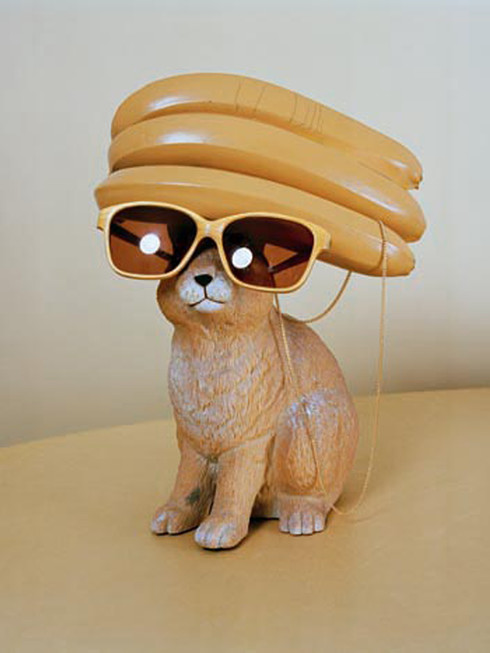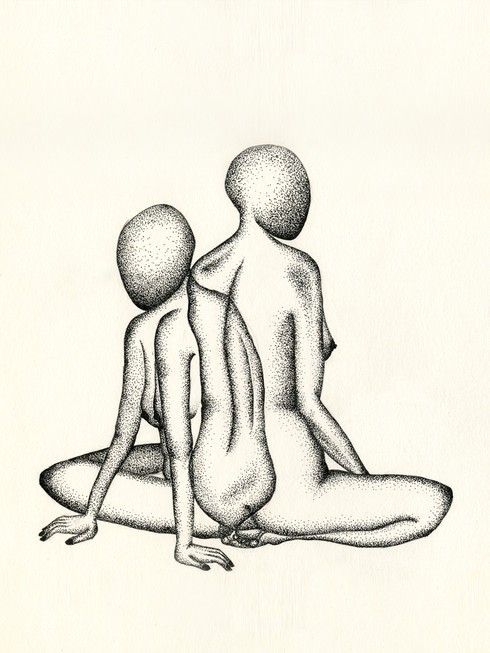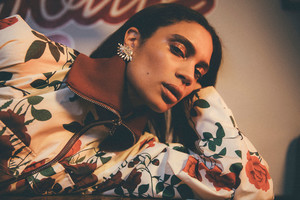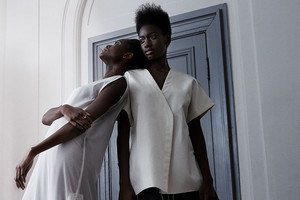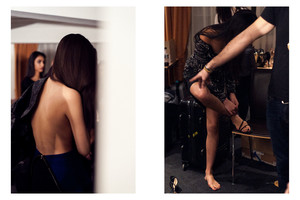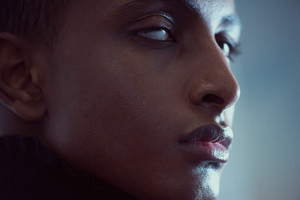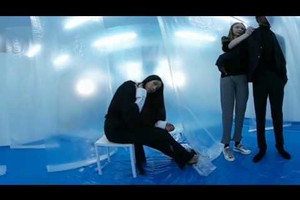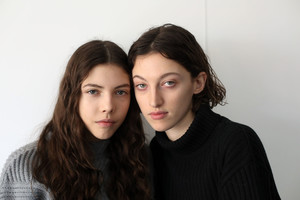Trend and Style
Written by Justine Lévy by Michaela WidergrenI remember when I went to my first meeting in a famous Trend Lab in Paris. I was asked to imagine a photo shoot that would define a new trend. I think it was for 2010 and we were in 2008, something like that.
So there I was at that meeting, we were maybe 4 stylists and 4 photographers. And, there was this woman whose job it was to put some words on the new trends. That is to say, throw some words on a piece of paper, words that would translate a new life style, a whole new atmosphere, a new base for the designers to work on, a new inspiration for fashion world.
I was really impressed by what a mission she had, and excited to read it all ! Here are new and fresh ideas, a new lecture of aestheticism that I would have to tell a story about in a photo shoot !
So she gives me my paper, the one and only, on which was written all our stylistic future. I’m surprised by something that concise, but all the more intrigued !
Luxurious sand
Beige bourgeois
natural ivory
bright shell
wooded light
That was it. More or less, because there were tons of shells on the floor, mixed with pictures from magazines (furniture, fashion shoots, piece of art)…
That’s a trend. That’s how trends are “created”.
A few weeks after, I worked on that trend with a friend of mine, one of my favorite artists/photographer/funniest guy ever, Philippe Jarrigeon. And one of the pictures was a rabbit with a banana on his head and wooden glasses on his tiny nose.
They loved it, and so did we.
The trend book of the season was sold out. I think it costs around 1500€. And all the professionals in fashion buy it. Designers, artistic directors, stylist, investors etc…
I worked for this trend lab for another season after that, then we stopped.
The reason why I tell that story is that it brings the discussion about Trend and Style.
In the dictionary you can read that the definition of trend is « a general inclination. A direction in which something tends to move. »
The definition of style is « The way in which something is said, done, expressed, or performed. ».
Style is a speech, that each season you treat differently. Style is a position. It is strong. It’s the end of a long intellectual and creative process that the designer had in himself before he started his brand, and that he goes through again every season. It’s a point of view on beauty. You agree or you don’t. You wear it or you walk naked. Each collection is a new argument that joins the speech, a new expression that enrich the definition of your style.
Trend is the opposite of it. To me, it has nothing to do with creation. It’s a proof of sensitivity. You have to be sensitive to digest and interpret a new trend every 6 months. And I can understand for sure that when you have a brand, and you want to fit to the market, because you want to sell, because you want your clothes to live on the girls in the street, you follow the trend, obviously.
Look at last summer collections, 2011. Colour block. Everywhere. And for fall 2011, color forms, And we do we need talk about that military look that comes and goes every 4 seasons ?
So now, you, the designer that followed the right path of fashion glory, have the right trend.
When you’ll describe your collection, you’ll be able to tell a story, about a woman, gorgeous and happy in flashy colours that contrast with the greys of the sad notes. Your style is set, you don’t have any. But you’ll never be has been. At least for a moment. A trend moment.
I’m consultant in Paris for fashion houses, and I also have a brand. I never worked with a fashion house that followed a trend. And of course, I never buy the trend lab book for my brand.
I tend to feel that big fashion houses will definitely stop following trends, and we’re gonna feel a come back to the essence of the style of each of them. Some of them already did it, because their creative director wanted to rethink the roots of the brand’s style. Guillaume Henry at Carven is the perfect example. As well as Pheobe Philo at Celine and Christophe Lemaire at Hermes who are doing a fantastic work on Style.
If there were more styles, and fewer trends, the shops would look like museums, full of creativity. There would exist fewer brands, and Asian factories would become real playgrounds.
Fashionistas would stop being angry and have real taste. And Zara would have to find a creative director. Because even if you can copy trends, you cannot copy an entire style.
« Fashion passes, only style remains. » Coco Chanel.

